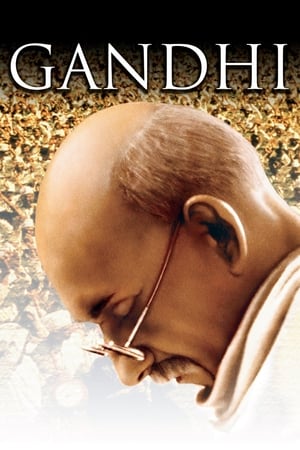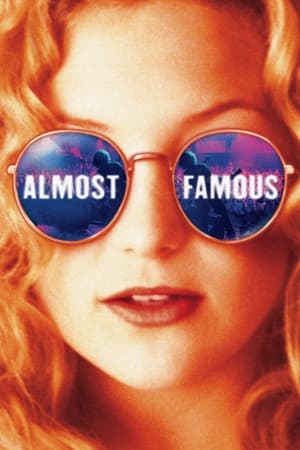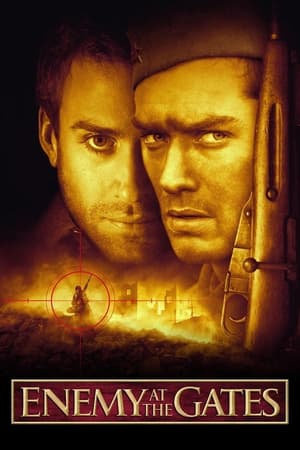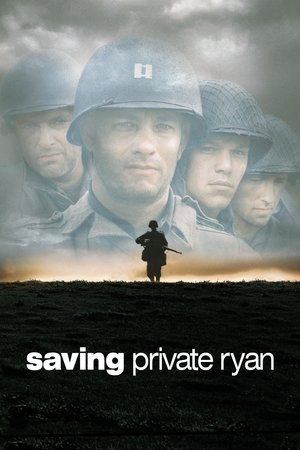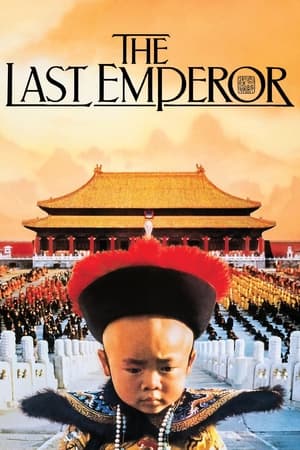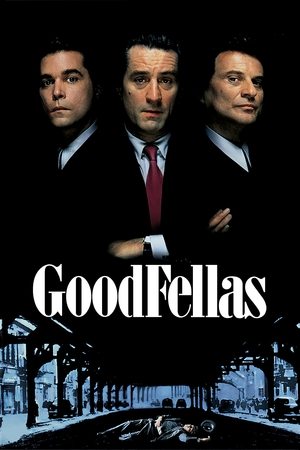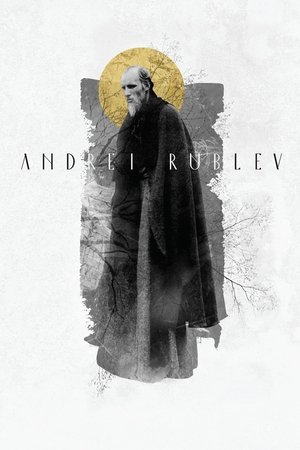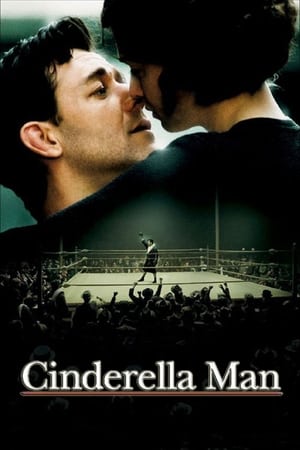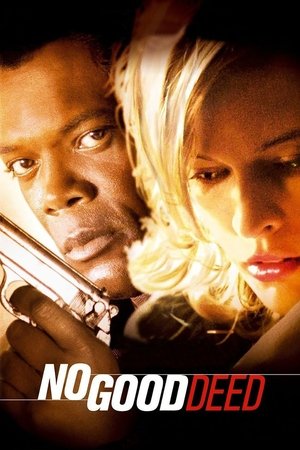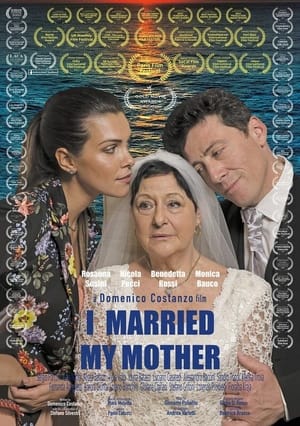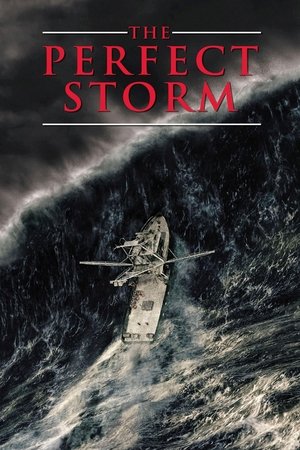Nikola Tesla (Ethan Hawke) is a brilliant scientist who emigrated to America from poor Eastern Europe. He works at the plant of the great inventor Thomas Edison (Kyle MacLachlan). However, the latter does not really appreciate an outstanding engineer and even completely denies the importance of discovering alternating current, the possibilities of which excite Tesla so much. As a result, the scientist leaves and goes rogue, which, of course, will not be easy at all.
Nikola Tesla is a person whose life is very difficult to integrate into an academic biopic format. He is no longer just a great physicist and engineer, he is also a myth, an obsession, a mysterious name from textbooks, around which conspiracy theories and all kinds of legends are formed all the time. It is not surprising that it is more natural for this character to be a fantastic subject in art.
The story told in Tesla is well known to those interested in technology. The main events of this movie unfold during the War of Currents, the famous confrontation between Nikola Tesla and Thomas Alva Edison, marked by a very dirty struggle of competitors and mutual dislike of inventors for each other. But in his work, Michael Almereyda actually wants to show not the known events and facts from Tesla's biography, but the scientist's alienation from the whole world, his intertemporal and otherworldly state. Hence the objects that appear at the end of the 19th century from the beginning of the 21st, a little theatrical scenery that separates Tesla from other people, leaving him alone on the stage.
Tesla is a very unusual film that not everyone will like. Nikola Tesla and Thomas Alva Edison have an ice-cream battle here, Niagara Falls displays a banner with a printed picture, the narrative is sometimes interrupted by a slideshow with off-screen commentary, and Edison pulls a smartphone out of his pocket when you least expect this. But all this, including Tesla's final performance of the song “Everybody Wants To Rule The World” by rock band Tears for Fears, follows one goal: to show the genius inventor as a person living ahead of his time. Such an approach to biographical drama will alienate someone, but some might find it worthy of attention.

 102 min
102 min
 5.806
5.806
 2020
2020
 USA
USA
 tmdb28039023 wrote:
tmdb28039023 wrote: